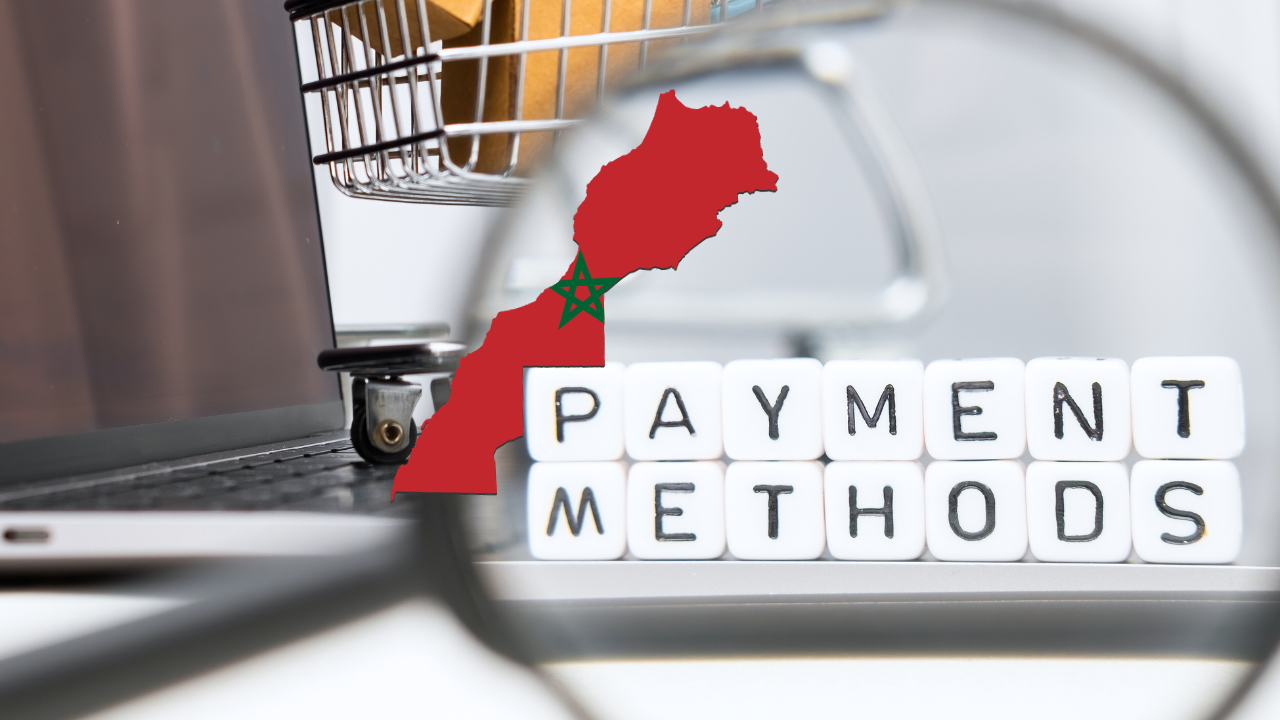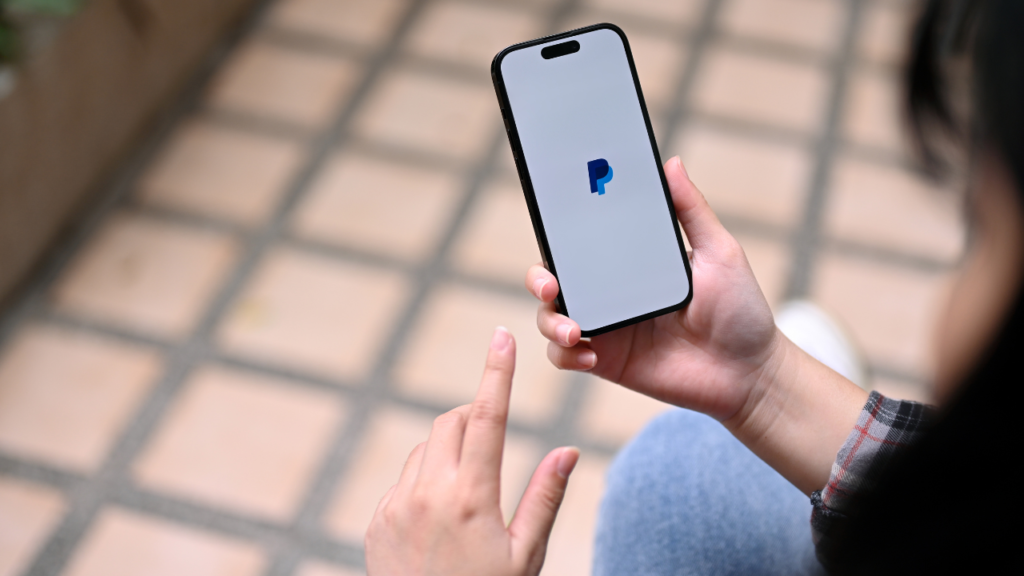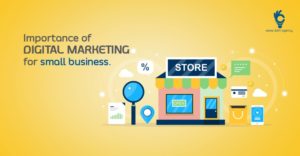
Often, when e-commerce and online sales come to mind, we immediately think of credit card payments, which indeed remain a classic form of online payment. However, there are other payment methods available. Moreover, a bank card is not always the best (or only) option for your website.
In this article, we’ll attempt to shed light on and review the current payment methods, explaining their workings, costs, advantages, and disadvantages.
Payment by credit card online in Morocco
Very straightforward. The customer fills their cart, is redirected to the payment page – not very user-friendly overall – but secure, to enter their card details, make the payment, and it’s done.
However, to accept credit cards on your site, it must go through what is called a PSP (Payment Service Provider) and CMI (Interbank Electronic Money Center) with a somewhat cumbersome procedure. It takes an average of 3 to 6 weeks between administration and technical integration. The Moroccan PSP companies are MTC, AMANPAY, PAYZONE, and F-PAY.
Cost: 2% for Moroccan cards, 3.25% for foreign cards. In all cases, 0.5% goes to the PSP, and the rest to CMI.
Advantages:
- Simple for the customer, no need to visit physically.
- Fast processing time. Funds collected one or two days after payment are usually received by CMI transfer.
- Real-time payment. Ability to reserve the amount and only deduct from the customer once the service is provided or goods are in stock.
- Pay first (positive cash flow). Very suitable for selling services or goods that don’t require delivery.
Disadvantages:
- Somewhat complicated to set up, both technically and administratively.
- Cost is a bit high. Too many intermediaries (PSP, CMI, Bank).
- Banking penetration in Morocco is still very low, as is the number of bank cards in circulation and cardholders.
- Very recurrent technical issues.
- Possibility of fraud.
Advice: Offering credit card payment on your site is essential eventually. However, it should not be a binding factor to start your business. Get paid through simpler methods while waiting.
Cash on Delivery Payment
The payment process here is not done ‘online,’ but it’s the preferred payment method for online shoppers. It only presents advantages for the buyer but can pose disadvantages for a merchant.
If you offer this method to your customers, be certain it will be the most used. This is not a big issue; the advantages it offers to buyers are clear, notably that the buyer doesn’t pay anything until they receive and verify the goods.
You can set up this payment method yourself if you deliver directly or opt for ‘cash on delivery’ service offered by your delivery provider.
Cost: Zero dirhams if you deliver directly, between 30 and 70+ dirhams if you use a delivery provider.
Advantages:
- Generate more requests.
- No cost/intermediaries if you deliver yourself.
- Simple administrative procedure and no development required.
- No technical issues.
- No fraud-related issues.
Disadvantages:
- Cannot be used if selling services or goods that don’t require delivery (offers, tickets, digital games, etc.).
- Logistics costs incurred without payment guarantee.
- Risk of delivering to a customer who is not present at their address, doesn’t have the required amount, or has changed their mind, etc.
- High cost if using a delivery provider.
- All risks associated with security and money transfer.
Advice: Use cash on delivery payment cautiously. The money transfer risks and logistics costs in case of default make this method the least secure and costliest in the long run.
Note: This method is used by ‘major’ websites like JUMIA and HMALL because they have the procedures and resources needed. For example, they confirm all orders with customers via phone before delivery. Additionally, their size allows them to overcome losses related to problematic situations.
Cash Payment ‘Online’
It may not sound logical, but cash or ‘online cash’ is available. It’s straightforward: the customer sets up their cart on your site as usual and, during payment, receives a unique code allowing them to pay for their purchases at physical payment points all over Morocco. You’re notified when the customer hands over the money to the agent.
The two online payment point networks are Tassehilat, owned by M2T (also PSP AmanPay), and the Binga network, which provides this service in partnership with Wafacash.
Cost: 2% of the transaction amount if using Tassehilat, and 2.5% to 5.5% based on the amount if using Binga. Better deals possible with larger volumes.
Pros:
- Very easy to set up.
- Extensive network of points.
- Over 1600 Tassihelat points and over 1000 Binga points.
- Few intermediaries, very simple procedure, and rare technical issues.
- Highly suitable for non-banking clients or those who don’t want to use their bank card online.
- Allows you to get paid before delivery, avoiding cash-on-delivery risks.
- The service provider manages all risks related to cash and its handling; you simply receive a transfer of all collected funds regularly.
- No fraud issues.
Cons:
- The actual receipt of funds usually takes much longer than card payments or bank transfers.
- The customer needs to visit the nearest payment point to settle their purchase.
Advice: Use this payment method if you want your site to start as quickly as possible without waiting. You would also prefer this payment method if your clients are unbanked or live in remote regions.
Payment via PayPal

The advantage of PayPal is that you create an online account, link it to your card or bank account, and can quickly receive payments from around the world.
Cost: Too expensive. 3.9% of the transaction amount, plus fixed fees for each transaction and additional charges for certain options.
Pros:
- Very easy to set up, almost instantaneous!
- Millions of users worldwide.
- No fraud-related problems.
Cons:
- High cost.
Payment via bank transfer, check, or deposit
These classical payment methods are also usable, they are very inexpensive but with processing delays; generally not very suitable for online commerce. However, with electronic banking services for banks and mobile apps, these payment methods are becoming quicker and easier to use, which shouldn’t be overlooked.
There’s not much to say about their workings; if you have a bank account, you already have access to these payment modes.
Cost: Usually subject to your bank’s fees.
Pros:
- Unbeatable cost.
- The operation is very established.
- No cash-related risk.
Cons:
- Processing time, a few days before the funds are already in your bank account.
- Not very suitable for businesses as payment must be made in real-time.
- The customer needs to visit one of their bank branches unless it’s an electronic banking service for the transfer.
- Fraud is still possible with checks.
Advice: Often overlooked, even though the benefits, simplicity, and cost they offer are very appealing, especially when starting a project. However, if you have a large transaction volume or low-cost products, logistics to process these payments can quickly become unmanageable.
Further read: E-Commerce Morocco 2023: Evolution, statistics, PRO advice
Payment via Money Transfer
It’s not really a payment method, but it’s widely used by some merchants, especially ‘traditional’ or very small businesses. Everyone knows how it works; the customer sends payments via a money transfer network like WESTERN UNION or MONEYGRAM, and you receive the money at the nearest point.
Cost: Very high, usually between 40 and 50 dirhams per transfer.
Pros:
- Very secure method.
- Immediate processing.
- No technical procedure or setup required.
Cons:
- You and the buyer need to travel to retrieve/send money.
- Costly.
Tip: Use this method only if you have a margin to cover the transaction cost, especially if your payment volume is low.


![The 10 trends in the e-commerce, retail and logistics market in 2024 [The guide]](https://scrowp.com/wp-content/uploads/2023/10/trends-of-markets-300x169.png)


